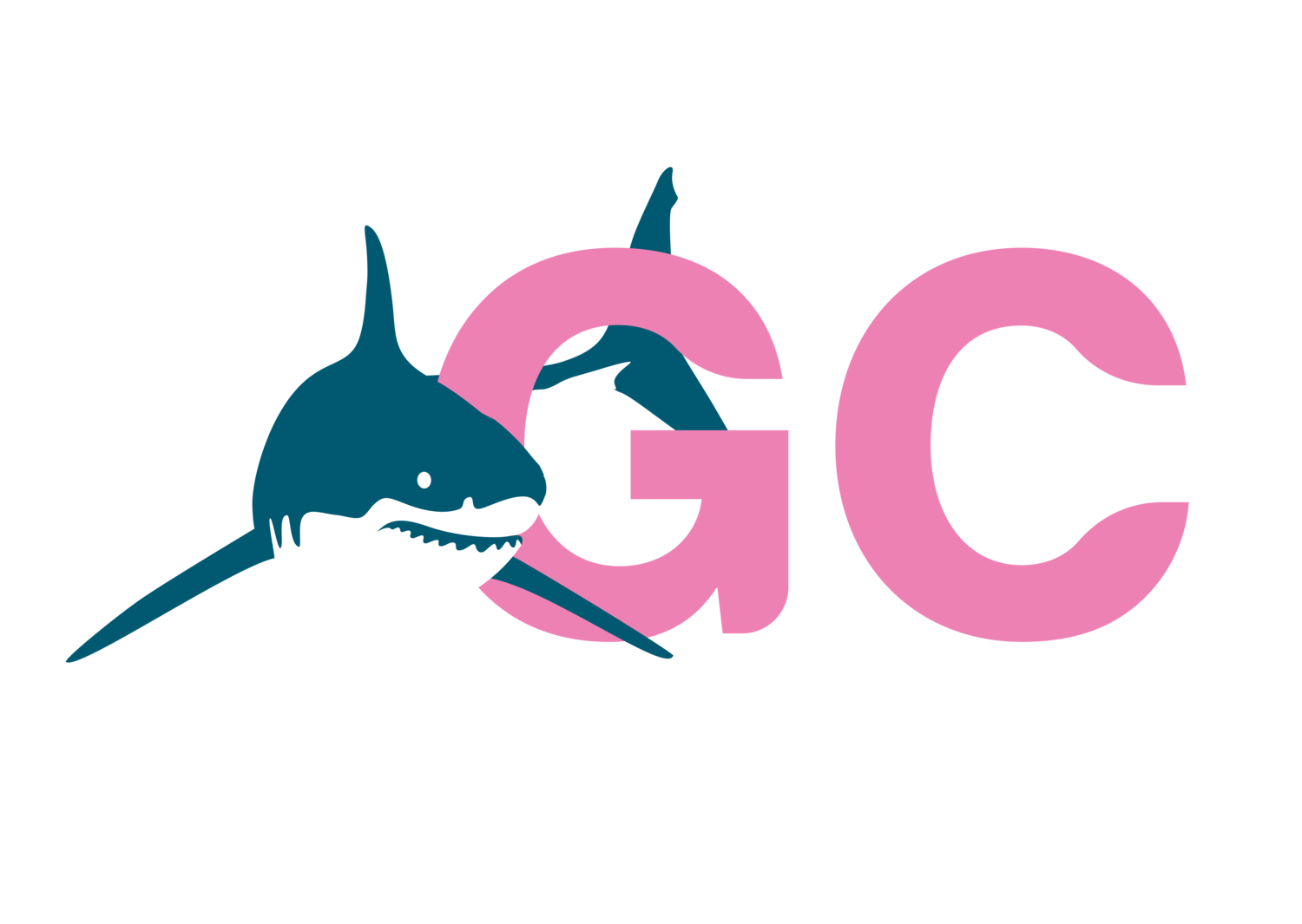*Helena tags and collects biological samples from juvenile and adult blue sharks on federal research cruises
5:30 a.m. (~sunrise)-6:30 a.m. Set the longline gear (Set 1)
Setting gear requires baiting the hooks (~200 per set), putting lightsticks above each hook (these attract fish to the bait in the deep dark waters), throwing the line out into the water, and attaching and releasing buoys to separate baskets of hooks. This process usually takes around an hour to an hour and a half. This will be set #1 and will soak (soak = stay in the water) for 10 hours before we haul it back on deck. Immediately after set #1, we will motor to another area to do 1-2 shorter sets that will only soak for ~2 hours each before we haul the gear back.
Buoys and radio beepers (used to find the longline gear for haulback)
8:30 a.m.-9:30 a.m. Set the longline gear (Set 2)
9:30 a.m.-10:30 a.m Prepare tagging and sampling gear for haulback; deploy CTD (Conductivity, Temperature, and Depth device)–CTD provides us with information about the habitat in which we are fishing
The set-up for haulback and sampling
Electronic tags
10:30 a.m.-12:00 p.m Haulback of Set 2
When we are ready to haul the gear back on deck, the main line will be pulled back onto the spool and each hook is removed and put back into a large bin to be used for setting the gear next time. As the animals come up, we assess the condition of the fish, pull them onto a cradle that gets hoisted onto the deck with a hydraulic winch, and begin working up the animal. Sharks will immediately get a ventilator (hose with specially fitted mouth piece) to run water over their gills, a wet chamois or towel is used to cover their eyes (which keeps them calm), and the hook is removed. We take length measurements and determine sex of the animal (claspers vs. no claspers). A small corner of the dorsal fin is clipped and saved in alcohol as a DNA sample, and depending on the size of the shark and which project we want to use that sample for, either a conventional tag (a thin piece of plastic that contains a unique ID number and contact information for fishermen to use in the event of recapture of the animal) or an electronic tag (that provides data on location and movement patterns) is inserted near the dorsal fin. We will also be taking blood samples to measure lactate levels, which can give us information on the stress level (condition) of the fish. Some of the sharks will also receive a secondary tag (with reward information for recapture) and antibiotics that function as a marker of when they were captured and can be used to determine age and associated growth of the shark if it is recaptured in the future and the vertebrae are returned to our lab. Once the sharks have been tagged and/or sampled, we return them to the water and assess condition once again. Sharks that are not alive upon haulback of the longline will be processed for biological samples that include: stomach (can be used to determine what the shark has been eating and which habitats it exploits), liver/muscle/heart tissues (used for stable isotope analysis which can tell us about its movements and where it spends a lot of its time), and gonads (used to determine maturity and provide information on reproduction).
Tagging
Ventilated male shark with a roto tag and conventional tag just before release
1:00 p.m.- 2:00 p.m. Set the longline gear (Set 3)
3:00 p.m.- 4:30 p.m. Haulback of Set 3
5:30 p.m.-7:00 p.m. Haulback of Set 1
Repeat for 10 days and pepper in some tagging of opah and swordfish. Rough seas, long days, hard work, and lots of fun!
My bunk for 10 days…pretty cozy








